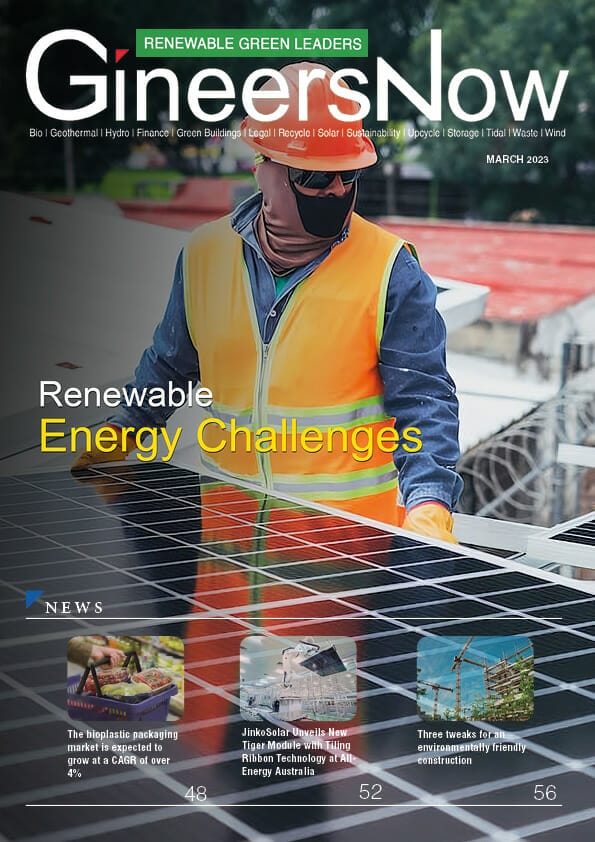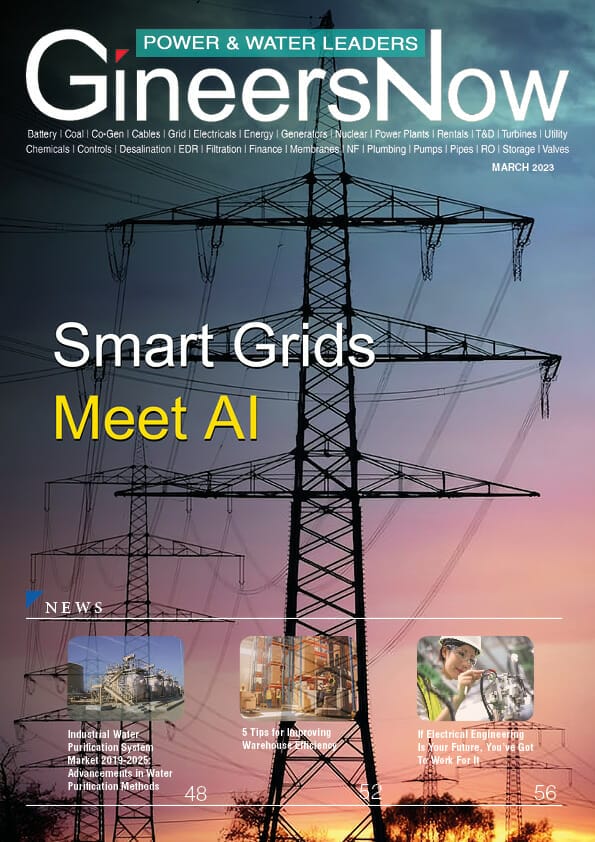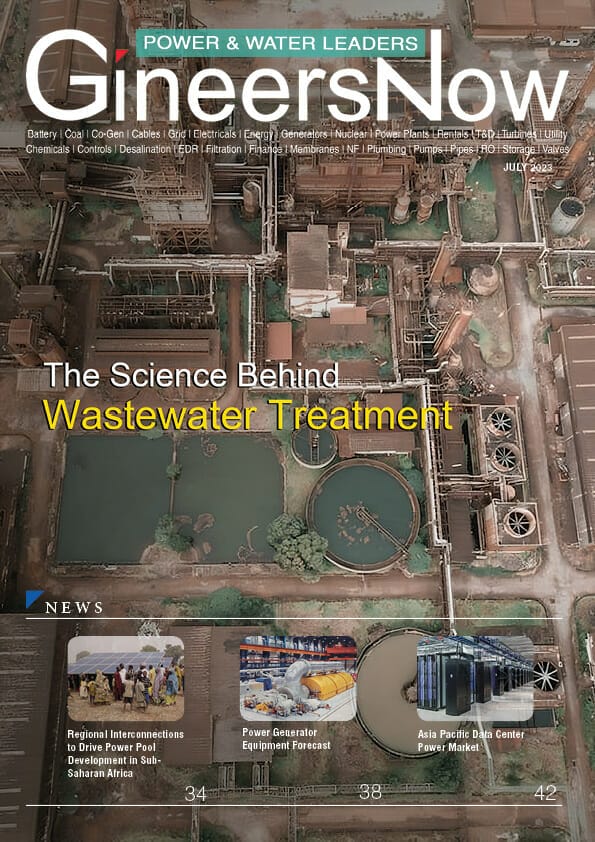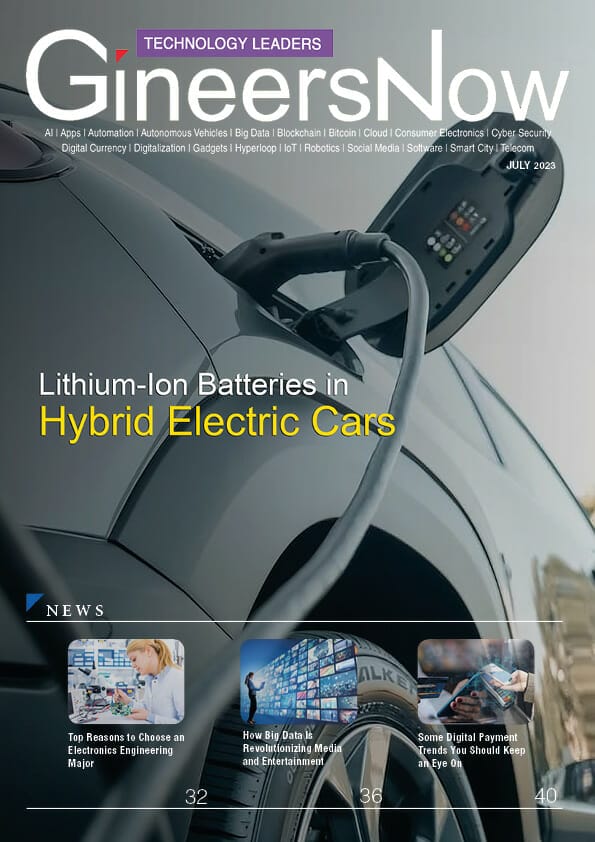The development of renewable energy is one of the most pressing challenges facing the world today as countries strive to reduce their reliance on unsustainable fossil fuels and combat the effects of climate change. However, despite its promise, renewable energy is not without its own set of difficulties and complications. This article aims to discuss some of the unexpected renewable energy challenges that are posed, as well as how they can be addressed by governments, industry players, and consumers alike.
Renewables Rising
The global shift towards renewable energy sources has gained momentum in recent years. In the face of mounting environmental challenges, more and more countries are turning to green alternatives that reduce their carbon footprint and promote a cleaner future.
However, the transition to renewables is laden with hurdles. As a relatively new technology, renewable energy poses unique challenges related to reliability, cost-effectiveness, infrastructure development, and scalability. To make matters worse, many of these issues arise from government policies that lack incentives for investments in renewables or fail to prioritize sustainability initiatives.
Nevertheless, the sector’s growth continues unabated as more regions recognize its potential not only as an environmental solution but also as a job creator and economic driver. Through innovative solutions such as solar power purchasing agreements or policy reforms such as net metering laws, governments have begun taking steps towards encouraging wider adoption of renewables worldwide.
Renewable Energy Challenges
As the world transitions to an increasingly renewable energy-based economy, there are a variety of challenges that need to be addressed. For renewable energy sources like wind and solar power to become viable options, significant changes must be made in terms of technology, infrastructure, and policy. These challenges can range from the cost of implementation to limited access in certain regions or communities.
First, implementing renewable energy sources is expensive and requires a significant upfront investment, which is often difficult for poorer countries or communities to provide. Furthermore, even if the money is available initially, it may not last long enough due to maintenance costs associated with these systems. This creates a barrier between those who can afford access and those who cannot.
Financial Barriers
Renewable energy has become an increasingly important part of the global energy supply, providing a sustainable and cost-effective alternative to traditional fossil fuels. However, despite its promise, renewable energy remains hampered by financial barriers that make it difficult to implement on a large scale.
One of the biggest financial barriers to renewable energy is the upfront cost associated with construction and installation. With traditional power sources such as coal and gas plants, costs are spread out over time as customers pay for electricity generated. Renewable sources like solar or wind require significant investments in infrastructure before they can begin generating electricity, a process that can be costly and difficult to finance without government assistance. Moreover, due to their intermittent nature, renewable sources may not always generate enough energy when it is needed most, resulting in additional costs to supplement production with other forms of power generation.
Environmental Impact
Renewable energy is quickly becoming a necessary part of our lives, and with that comes certain challenges. There are many issues to consider when transitioning to renewable energy sources, such as environmental impact and cost. When looking at the environmental impact of renewable energy sources, several questions need to be answered.
First, what kind of damage do these renewable energy sources cause? This can include air pollution from burning biomass or water usage from hydroelectric dams. Additionally, some forms of renewable energy require large amounts of land for installation and operation. This can lead to problems like deforestation or habitat destruction for wildlife species.
Another question is: how efficient are these different types of renewable energies in terms of their output? For example, solar power systems have an efficiency rate between 17 and 20 percent, meaning only about one-fifth of the solar radiation is converted into electricity.
Social Impact
Renewable energy is becoming a larger part of the global energy supply, and it is revolutionizing how we use and generate power. However, the transition from traditional sources of energy to renewable sources has not been without its challenges. These challenges range from the costs associated with transitioning to renewable energy to technological obstacles that need to be overcome in order to make it a viable option for everyone. Despite these issues, renewable energy carries many social and environmental benefits that make it an attractive option for governments worldwide.
On the one hand, switching over to renewable sources of energy can help reduce emissions and mitigate climate change. This is economically and socially beneficial, as investments in renewable energy have proven to create jobs while also helping protect our planet’s resources in the long run.
Technological Limitations
Renewable energy is increasingly becoming a major focus of the global energy landscape. As demand for electricity rises, many countries are turning towards renewable energies such as wind, solar, and geothermal to meet their needs. While these sources of energy have the potential to reduce our reliance on fossil fuels, they also face several technological challenges that need to be overcome in order for them to become viable alternatives across the world.
The primary issue with renewable forms of energy is their intermittent nature; they only generate power when conditions are right, and this can lead to reliability concerns if not properly managed. Additionally, there are challenges related to cost-effectiveness and scalability: solar panels may be expensive to install initially but produce cheaper clean energy in the long run; however, it can be difficult for countries or households with limited budgets or resources to invest in them upfront.
Innovation & Solutions
Innovation & Solutions are vital to overcoming renewable energy challenges. As the world works to reduce its dependence on fossil fuels, renewable sources of energy must become more efficient and cost-effective to be a viable option. This is where innovation and solutions come into play. Through research, development, and implementation of new technologies, the renewable energy industry can solve many of the obstacles it faces and lead us toward a more sustainable future.
The challenge lies in finding innovative approaches that address these issues quickly and efficiently without sacrificing quality or reliability. To this end, governments worldwide have been investing heavily in clean energy initiatives such as solar power, wind farms, geothermal resources, and hydroelectric plants. However, these efforts need to be supplemented with inventive ideas from researchers who can develop technological innovations that increase efficiency and reduce costs for everyone involved.
Read GineersNow Renewable Energy Magazine for FREE
Editor’s Note: Renewable Energy Challenges
Renewable energy has become increasingly important as the world continues to move away from non-renewable energy sources. However, some challenges come with transitioning to renewable energy sources. This article will discuss some of those challenges and potential solutions for tackling them. Renewable energy sources such as solar, wind, hydroelectricity, and geothermal can be extremely beneficial, but they present unique problems that must be addressed to ensure the successful implementation of these technologies.
The need for renewable energy sources has never been greater. As global warming continues to wreak havoc on the planet, nations and businesses must find new ways to reduce their carbon footprint. However, tackling the unexpected renewable energy challenges that come along with this path can be difficult.
The most recent hurdle facing those trying to transition away from traditional forms of power generation is a common one: cost. Renewable sources such as solar, wind, and geothermal require significant investments both in terms of infrastructure and resources. Additionally, some locations may not have ideal conditions for certain types of renewable energy sources, making them less feasible than others.
Fortunately, governments and institutions worldwide are taking notice and providing incentives for companies to switch toward more sustainable solutions. Through tax credits or other financial assistance programs, companies can invest in eco-friendly solutions with the less economic risk involved.
Renewable energy is more important now than ever before. We must continue to tackle the unexpected challenges that arise while transitioning to renewable energy sources to meet our global sustainability goals. The risks involved with this transition need to be addressed and mitigated, as well as the research and development of new technologies for renewable energy production. Governments need to provide incentives that encourage businesses and individuals to invest in renewable energy sources, such as tax credits or subsidies, for this transition to succeed.

Final Thoughts: Tackling the Unexpected Renewable Energy Challenges
In conclusion, we have seen that renewable energy has the potential to play a key role in addressing global climate change. It is essential to remain focused on the various unexpected challenges associated with renewable energy to ensure it reaches its true potential. This means investing more in research and development and developing better storage and distribution strategies. Governments must also provide financial incentives for consumers to invest in renewables and create regulations that promote the growth of this industry.
Developing and implementing renewable energy sources is a complex task that requires innovative solutions to unique challenges. It is important to recognize the potential of renewable energy and quantify its benefits to create momentum toward a more sustainable future. Governments, industry stakeholders, and citizens alike must work together to overcome the unexpected challenges renewable energy sources pose to facilitate meaningful progress. Understanding and addressing these issues head-on can move closer to a greener, cleaner energy future.










